Executive Report
Written By: Kathy Boychuk
As the executive team and I reflect on the past year, we are proud to share the remarkable achievements that have defined our 2023 journey. Despite a challenging economic landscape marked by inflationary pressures and evolving behaviours and expectations post-pandemic, Peace Hills Insurance has yet again displayed an unwavering focus to delivering profitable results for a 5th consecutive year. We achieved strong Gross Written Premium (GWP) growth of 13.1% and a 12.6% increase in Policies in Force (PIF). Our resilience, strategic foresight, and commitment to technological advancement showcase our ability to adapt and thrive in a period of “Gearing Up” for a future of innovation, sustainability, and continued success.

L-R: Ajay Tellis, Dan Andresen, Ginette Martin, Ken McKnight, Kathy Boychuk, Chad Shurnaik
The 2023 Landscape: Navigating External Forces
The insurance industry is shaped by its environment. We are collectively impacted by numerous external factors, from weather patterns and the economy to individual consumer behaviours. While it was another active year of wildfire losses throughout Western Canada, none of these events exceeded our reinsurance retention threshold. Rather, in 2023 our team was harder hit with the repercussions of inflation, the adoption of IFRS 17 (International Financial Reporting Standards 17; the revised standard for insurance contracts), government-imposed rate restrictions, and challenges in finding talent throughout the industry.
Inflationary impacts have led to higher-than-average claims payouts since as far back as 2019, with all lines of business up by 15.6% in severity over that time. This is primarily driven by auto, where we are also confronting a surge in injury and fraudulent claims, motor vehicle thefts, and legal costs, as well as potentially feeling the effects of changes to driving patterns to more non-rush hour periods.
IFRS 17, a comprehensive and complex insurance accounting standard, meant a complete and total review of our financial reporting, including new key performance indicators, refining internal processes, and educating on these new practices. This implementation project was a 3-year-long effort, which increased our Finance team’s workload while putting their ability to adapt and collaborate cross-functionally to the test. Ultimately, our first round of statements in this format were delivered accurately and timely; a significant accomplishment.
In Alberta, we were yet again held under a personal automobile rate freeze by the government for the majority of 2023. This meant additional demands on our Actuarial team who worked diligently on submitting a filing to ensure we could implement a rate change as soon as the freeze was to be lifted on December 31st. Meanwhile in British Columbia (BC), the book rollover from the closure of CNS back in 2022 has finally been completed. With this behind us, our BC branch can once again concentrate on new business opportunities in the region.
From a recruitment perspective, it continues to be challenging to find and acquire talent, which is a common theme across insurance and other industries. This comes at a time when we are experiencing growth in all areas and are also staffing up to support the transition to our new system, PHINEX. However, our Human Resources team have done an incredible job at sourcing and recruiting people who bring plenty of technical expertise, optimal customer service skills, and enrich and contribute to our unique corporate culture.
Financial Snapshot
Despite these external forces, the past year was characterized overall by substantial financial achievements. The aforementioned premium and policy growth was largely fueled by the expansion in Personal Auto by 19.3%, Commercial Auto by 12.5%, and Personal Property by 12.6%.
While our overall gross claims ratio ended at 53.3%, a slight increase from 51.7% in 2022, this can easily be attributed to the increase in auto claims severity. Our net claims ratio was also higher at 55.6%, up from 51.6% in 2022. Despite no losses reaching our catastrophic (CAT) retention threshold, we were heavily impacted by major weather and natural events – including the Northwest Territories wildfires – which ultimately led to a worsened loss ratio, particularly in personal property.
Investment income demonstrated a noteworthy uptick, reaching $23.6M, a considerable increase from a loss of $10.9M in 2022. This allowed us to end the year with a total net income of $33.5M, with our capital base growing from $133.7M to $166.1M.
These figures, combined with stable operating performance, neutral business profile and appropriate risk management practices led to an outlook upgrade in our AM Best rating. In November, the credit rating agency upgraded our Financial Strength Rating (FSR) from B++ Stable Outlook to Positive Outlook and held our Long-Term Issuer Credit Rating (ICR) to BBB+. This achievement was an uplifting capstone to our year as we sought to deliver profitable results while simultaneously staying focused on the development of PHINEX.
For a more thorough insight into our financial performance, please see our Consolidated Financial Statements.
